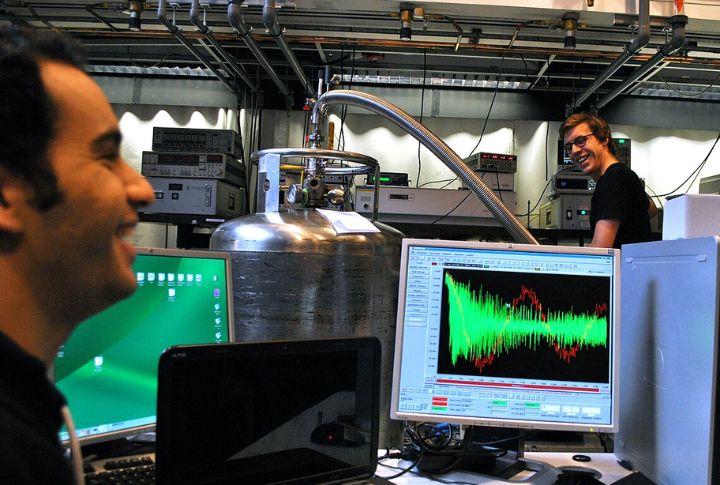
We’re standing on the edge of the next great revolution—and it’s not digital. Quantum concepts that baffled scientists for decades are finally coming alive in labs and industries. They are technologies about to transform the way we live, work, and connect. Read on to explore the most promising quantum breakthroughs shaping our future right now.
Computing
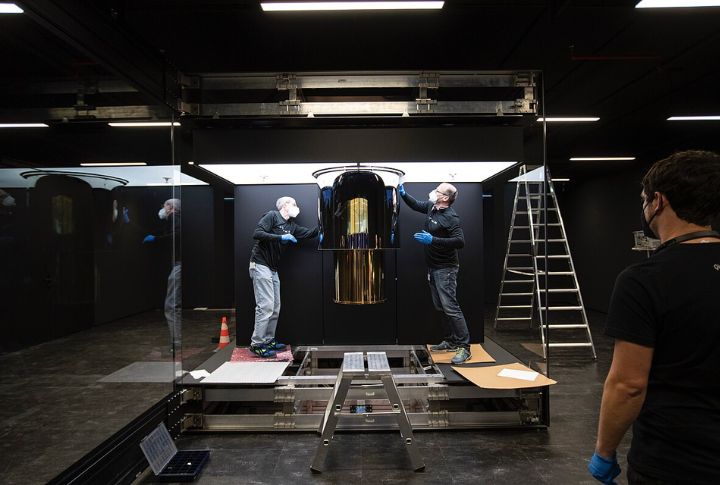
At the core of quantum computing is entanglement, letting machines process vast amounts of information at once. Famous algorithms like Shor’s (for cracking codes) and Grover’s (for speeding up searches) show just how powerful this is. The result? Computers that could revolutionize cryptography, machine learning, and countless industries.
Teleportation
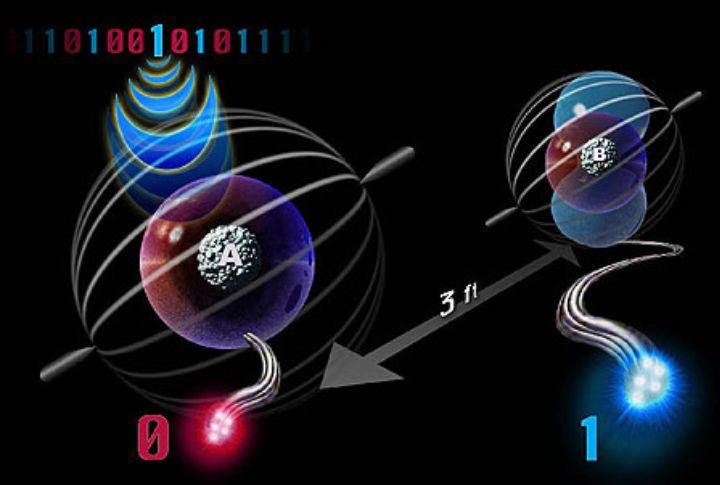
Teleportation might sound like Star Trek fantasy, but quantum teleportation is the real deal—just a bit different. Instead of moving people or objects, it transfers quantum information across distances using entanglement. The trick lies in the foundation for a quantum internet and ultra-secure communication networks that could completely transform how data moves around the world.
Key Distribution
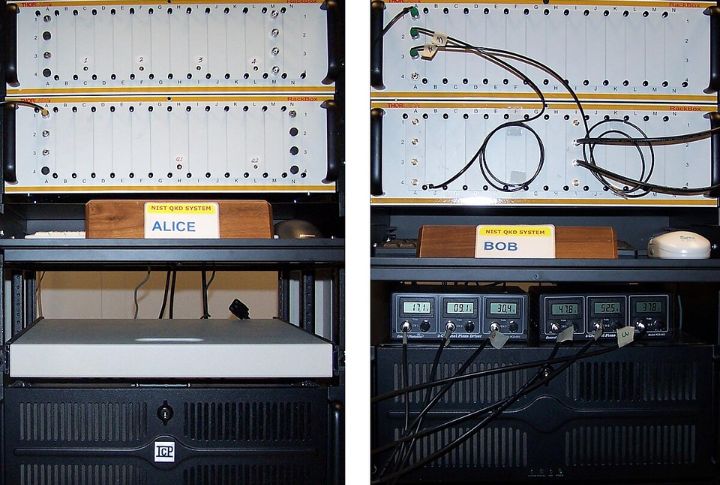
In a world where hackers threaten our data daily, Quantum Key Distribution feels like a superhero for security. It uses quantum rules and the no-cloning theorem to create encryption that can’t be cracked. Any eavesdropping attempt instantly reveals itself through quantum changes. First proven in 2004 with a bank transfer in Austria, QKD is now protecting sensitive financial, medical, and military data.
Sensors

When traditional measuring tools reach their limits, quantum sensors step in. These devices are already changing navigation, medical imaging, and environmental monitoring. And the future looks even bigger—think microscopes that see beyond today’s limits, or detectors that might finally reveal the secrets of dark matter.
Superdense Coding
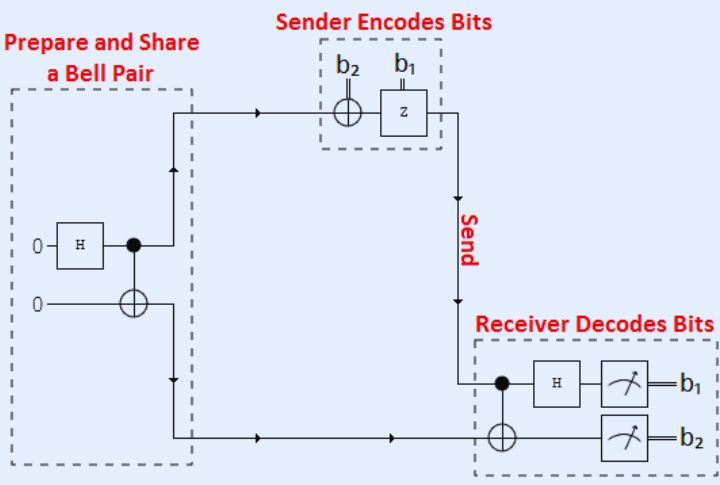
Two bits of information are sent using just one qubit. That’s the promise of superdense coding. Moreover, it doubles communication capacity, making it a cornerstone of quantum information theory. This clever trick isn’t just theory—it’s shaping the foundation for tomorrow’s global quantum internet.
Simulators
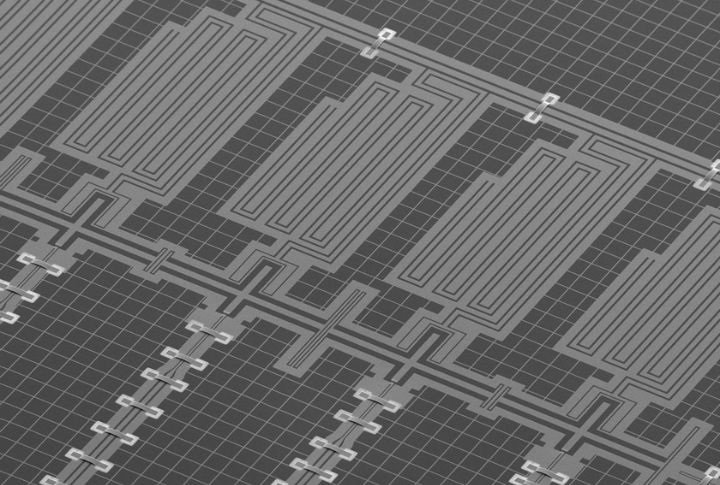
Some problems are too complex for even supercomputers. Enter quantum simulators. By precisely controlling entangled particles, scientists can explore exotic materials and phenomena like high-temperature superconductivity. These tools could unlock new materials with revolutionary properties, which push us closer to the dream of universal quantum computing.
Error Correction

Quantum data is fragile, like a house of cards in a breeze. That’s where quantum error correction comes in. Scientists can detect and repair errors even when qubits misbehave. Without it, large-scale quantum computers would collapse under noise. With it, they inch closer to becoming reality.
Microscopy
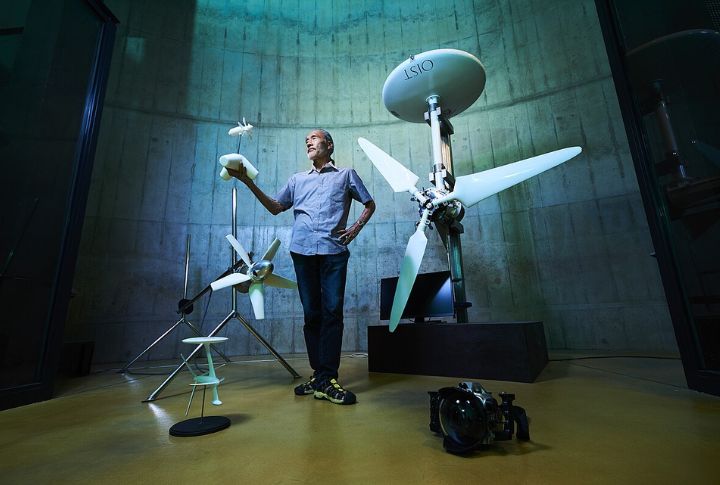
What if microscopes could see with unprecedented sharpness, capturing details once thought invisible? By using specially paired photons to extract the maximum information from every sample, scientists have achieved a new level of imaging. This breakthrough reshapes how we study both the tiniest and the farthest things.
Networks
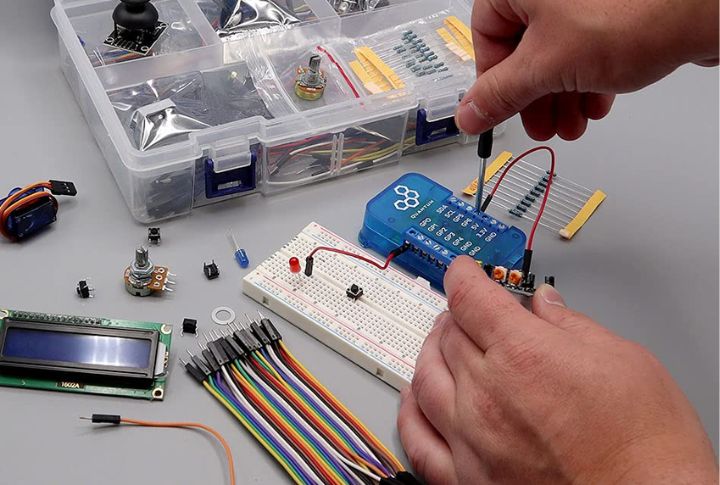
The developing blocks of a quantum internet are already here. These qubits enable unbreakable communication, while new “entanglement-as-a-service” platforms are turning theory into infrastructure. Piece by piece, these advances are creating a quantum network that will one day link quantum computers worldwide.
Cryptography
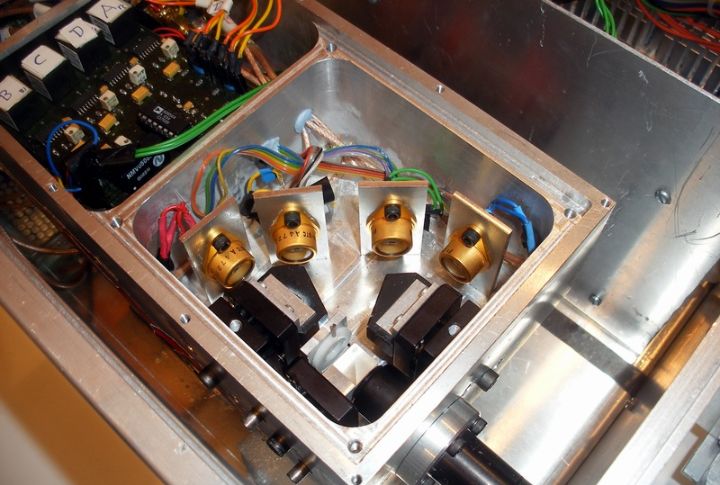
Quantum cryptography takes security to the next level. Instead of relying only on complex math, it uses the unshakable rules of physics. If someone tries to spy, the quantum states instantly shift, exposing them. That’s why governments and businesses are beginning to adopt it as a bulletproof layer of protection.

